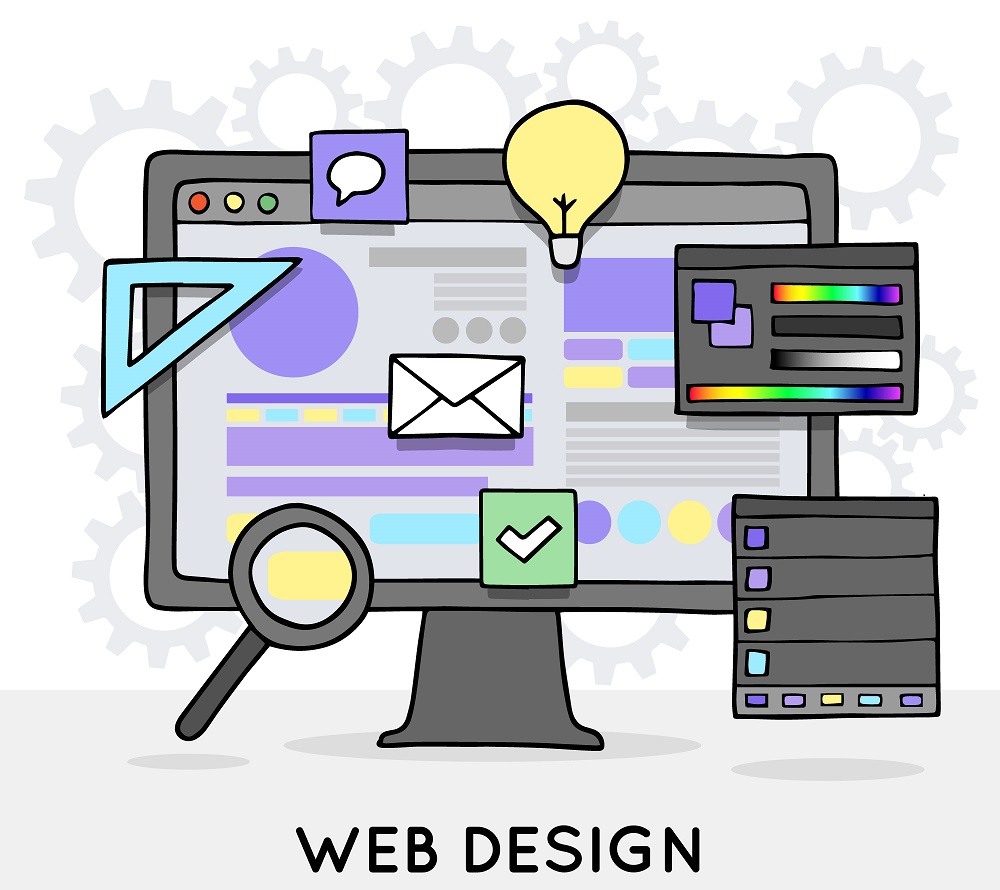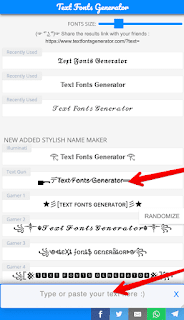PNG Images in Web Design

When it comes to web design, the utilization of PNG images can significantly impact the visual appeal and functionality of your website. With their transparency capabilities and ability to maintain quality even when scaled, PNG images offer a level of precision that can elevate your design to new heights. But why stop there? Exploring the nuances of PNG compression techniques and compatibility advantages can provide you with a deeper understanding of how to optimize your web visuals for maximum impact.
Image Format Importance
PNG images are widely utilized in web design due to their lossless compression technique, known as PNG compression. This method ensures that image quality remains high even after multiple saves, making PNG images ideal for maintaining visual integrity.
The ability of PNG images to support transparent backgrounds is particularly valuable for creating visually appealing websites. Furthermore, their scalability without quality loss allows for seamless integration across various screen sizes and devices.
The compatibility of PNG images with different design software and devices enhances their versatility for web design projects, improving loading times and design workflow efficiency. Also, you can use Free PNG Images for your projects.
JPEG Vs. PNG Considerations
When considering whether to use JPEG or PNG images in web design, it's essential to understand the distinct characteristics and advantages of each format.
JPEG files are well-suited for photographs with complex color gradients, utilizing lossy compression to reduce file sizes efficiently.
In contrast, PNG files are particularly suitable for graphics, logos, and images requiring transparency due to their lossless compression method.
While JPEG may slightly compromise image detail for smaller file sizes, PNG supports true alpha transparency without compromising image quality.
Consequently, PNG images are increasingly favored in web design for their ability to preserve sharp lines and solid colors, providing superior quality for specific image types compared to JPEG files.
Compression Techniques Comparison
Understanding the differences between JPEG and PNG compression techniques is essential for optimizing file sizes in web design.
JPEG compression, a lossy method, is best suited for photographs that contain a variety of colors. By grouping similar pixels, JPEG reduces file size but compromises some image quality in the process.
On the other hand, PNG utilizes lossless compression, making it ideal for graphics, logos, and images with sharp lines where preserving quality is critical. PNG images support transparency and alpha channels, allowing for flexibility in layering and overlays in web design.
Selecting the appropriate compression format based on the image type is crucial for achieving a balance between image quality and loading speed.
PNG Benefits in Web Design
PNG images can be a valuable asset in web design, offering benefits such as transparent backgrounds, seamless integration, and scalability.
By utilizing PNG images, web designers can enhance the visual appeal and functionality of their websites. With access to high-quality PNG visuals, designers can create overlays and layering effects to improve user experience.
Incorporating PNG images into web projects can elevate the aesthetics and user engagement of a website effortlessly.
Scalability and Compatibility Advantages
PNG images provide web designers with the advantage of seamless scalability and compatibility across various devices and platforms. Due to their ability to adapt to different screen sizes without compromising quality, PNGs are commonly selected for responsive web design projects.
The maintained clarity and sharpness of PNG images save time in designing processes. Moreover, their cross-platform compatibility ensures that the design will appear consistently appealing on different devices, ranging from desktop computers to smartphones.
Opting for the PNG format can streamline workflow and facilitate the creation of visually engaging web layouts, eliminating concerns about compatibility issues on diverse devices and platforms.
Conclusion
In conclusion, PNG images are a vital asset in web design, offering transparency, high quality, and scalability. With their sharp lines and solid colors, PNG images enhance the visual appeal and functionality of websites.
The format's compatibility with design software allows for creativity and versatility in creating engaging visuals. By utilizing PNG images, web designers can elevate the user experience and create visually stunning websites that capture attention and enhance engagement.
Next page

